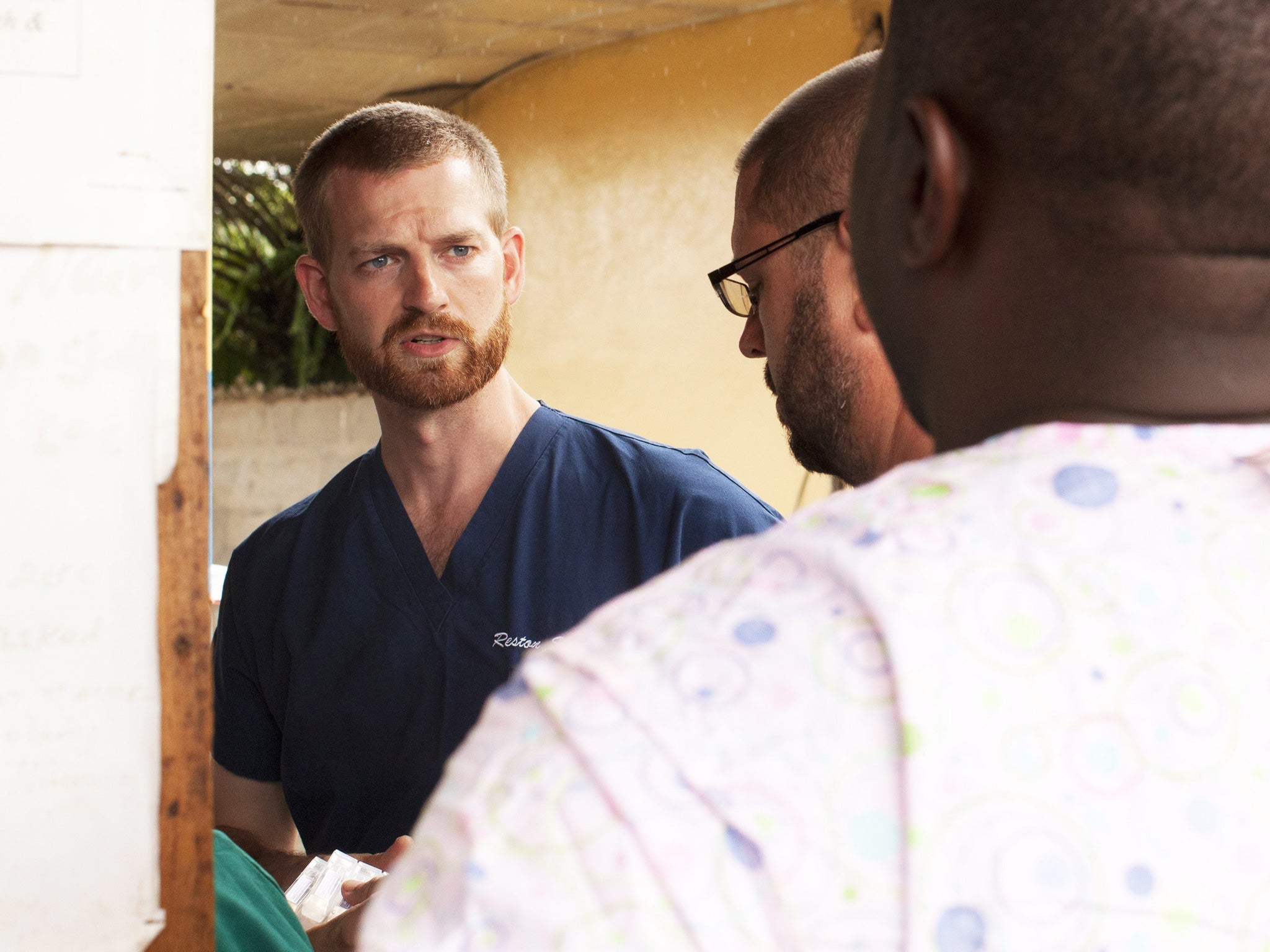Ebola crisis: Why is an infected Texan nurse being treated by blood transfusion, and how does it work?
Nurse Nina Pham has received a plasma transfusion from Dr Kent Bradley, who survived the deadly virus
The Texan nurse who became the first person to contract Ebola on US soil is being treated for the deadly virus with the blood of one of its survivors.
Nurse Nina Pham, 26, is one of the 70 members of staff involved in Thomas Eric Duncan’s treatment for Ebola at the Texas Health Presbyterian Hospital before the Liberian national died last Wednesday.
Health officials confirmed Ms Pham was in frequent contact with Mr Duncan over the 11 days he was being treated in the hospital, and is understood to have attended the patient the day before he died.
Ms Pham is now in isolation and being treated for the virus that has killed more than 4,000 people, with the blood of Dr Kent Brantly, an Ebola survivor.

Dr Brantly, who was treating Ebola patients in Liberia when he contracted the disease, was flown back to the US for treatment, where he recovered fully.
Before being flown out of Liberia, Dr Brantly was given a dose of the experimental drug Zmapp, and also received “a unit of blood from a 14-year-old boy who had survived Ebola under his care,” according to Samaritan’s Purse.
Since his recovery, Dr Brantly has donated his blood to missionary Rick Sacra, who has recovered along with a dose of Zmapp; NBC camaraman Ashoka Mukpo, who is “on the mend” according to NBC, and now to Ms Pham.
Why have these victims been treated with Dr Brantly’s blood?
The answer is in Dr Brantly’s blood plasma. Despite doctors not being able to determine whether it was the Zmapp that helped Dr Brantly to recover, the high levels of care he received, the transfusion he was given by the 14-year-old survivor, or a mixture of all three, antibodies in the blood of a survivor could help other patients to fight off the virus.
Why do patients receive a survivor’s plasma?
Blood plasma is the clear part of the blood, and it contains the antibodies needed to fight off the Ebola infection. These antibodies have been created by the Ebola survivor’s immune system to specifically fight off the Ebola virus.
The plasma can be removed from whole donated blood, or a donor’s blood can be filtered through a machine to extract just the plasma.
How does it work?
Once a patient received the antibodies from an Ebola survivor, those antibodies will stay in their system for life, and theoretically can help the patient to fight off the Ebola virus, especially if given to a patient early on, according to Dr William Schaffner, chair of preventive medicine at Vanderbilt University Medical Centre in Tennessee.
“What those antibodies do is bind the virus,” he told ABC news. “They find the virus and bind it and prevent it from multiplying further.”
How many times can someone donate their plasma?
It is believed that antibodies can be replaced in around two days, meaning people are able to donate twice a week, according to Dr. James Crowe, an immunologist and director of the Vanderbilt Vaccine Center in Nashville. But the American Red Cross recommends a person can donate their plasma up to 13 times a year, about every 28 days.
Can it be used on all Ebola sufferers?
It depends on blood types; Dr Brantly offered his blood to Mr Duncan but their blood types were not compatible, meaning he was not able to receive the transfusion.
Additional reporting by agencies
Join our commenting forum
Join thought-provoking conversations, follow other Independent readers and see their replies
Comments
Bookmark popover
Removed from bookmarks